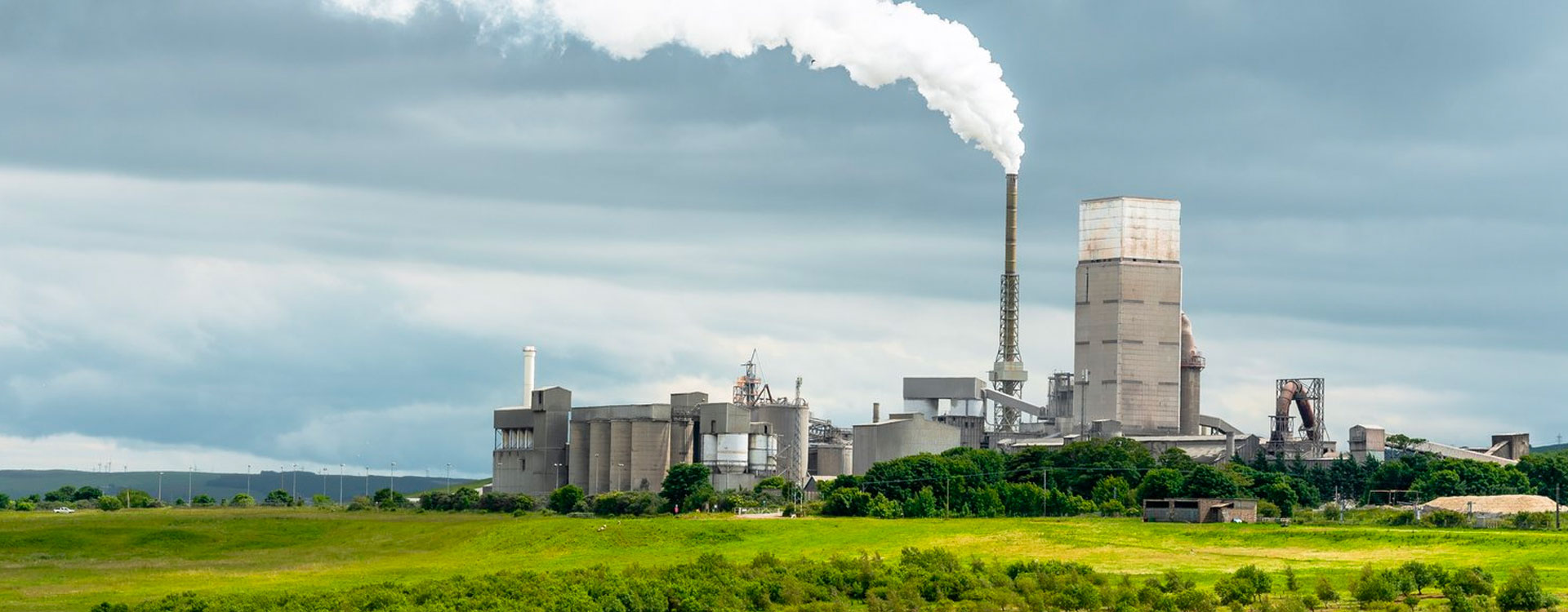
Executive Summary
Cement and steel production are industrial processes that produce a significant share of all global emissions, each creating around 8% of total global emissions every year. The primary vehicle to move to net-zero emissions from cement production will be the introduction of ‘compliance markets’, a regulated market for the pricing of carbon equivalent emissions which makes carbon intensity of cement production a fundamental factor in decision-making for clients and producers of cement. These are often referred to as ‘Emissions Trading Schemes’ or ‘Cap and Trade Schemes’. With recent prices in the range of €60 to €90 / tonne of Net CO2e, the scheme in the European Union has been effective at driving down carbon emissions in industry and energy production.
Cement production is included in the EU’s Emissions Trading Scheme; however, they are issued a ‘free allowance’ of carbon credits at no cost, in line with their historical emissions. The amount of free allowances issued has gently declined over time, currently a fall of 2.2% per annum, as an incentive for cement producers to reduce emissions. Our analysis shows that cement producers have achieved a circa 1.0% p.a. reduction over the last three years, adjusted for changes in the volume of cement production. From 2005 to 2022, many cement producers received financial windfalls from the Emissions Trading Scheme by selling unused carbon credits issued to them as part of the free allowance.
The EU is currently negotiating the introduction of a ‘Carbon Border Adjustment Mechanism’, which will have the effect of removing all these free allowances worth around €8 billion the EU’s cement producers at the current average price of €80 per tonne of Net CO2e (“Net Carbon Equivalent emissions”). Given the competitive nature of the cement industry, we expect these increased costs from buying carbon allowances will be passed on to clients through raising cement prices. Some of the unintended consequences of how the Emissions Trading Scheme was originally designed for cement will be removed at the same time as these free allowances, such as an incentive to use a high proportion of ‘clinker’ in cement, which drives up carbon emissions.
Given the expected rapid changes to the industry environment for cement producers, scalable solutions are required to reduce carbon emissions quickly. Many technologies are in development but most of these solutions either will need time to be proven in use or are not widely scalable.
Cement producers outside the European Union also have an incentive to follow these changes closely. It may be significantly more or less attractive to export cement to the European Union, and the global roll-out of Emissions Trading Schemes is well underway.
Download our whitepaper
READ THIS NEXT

